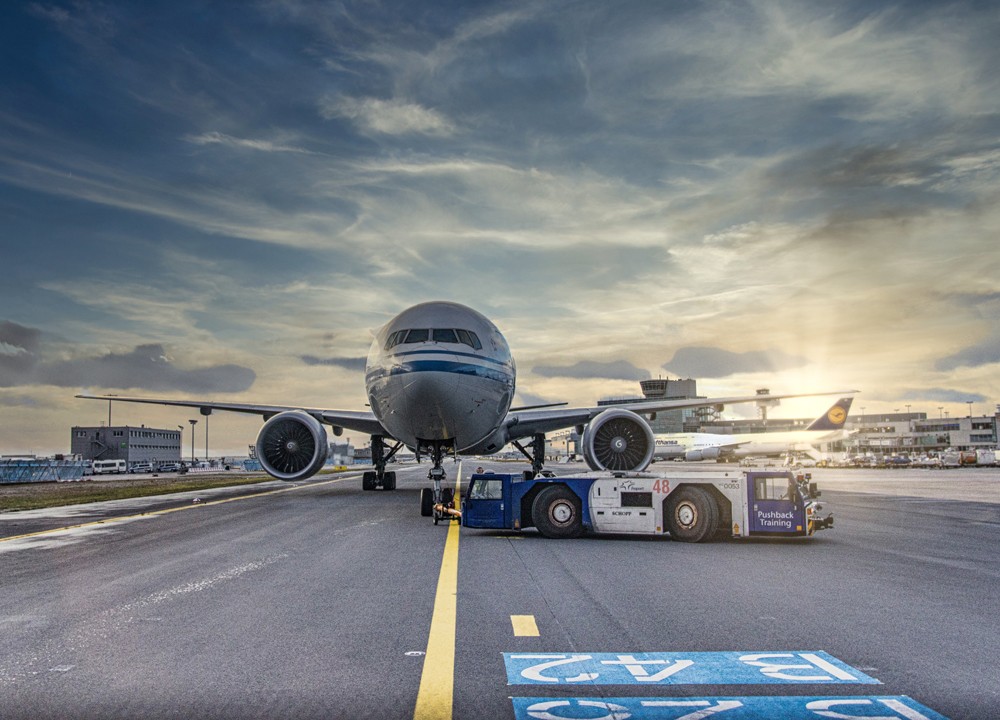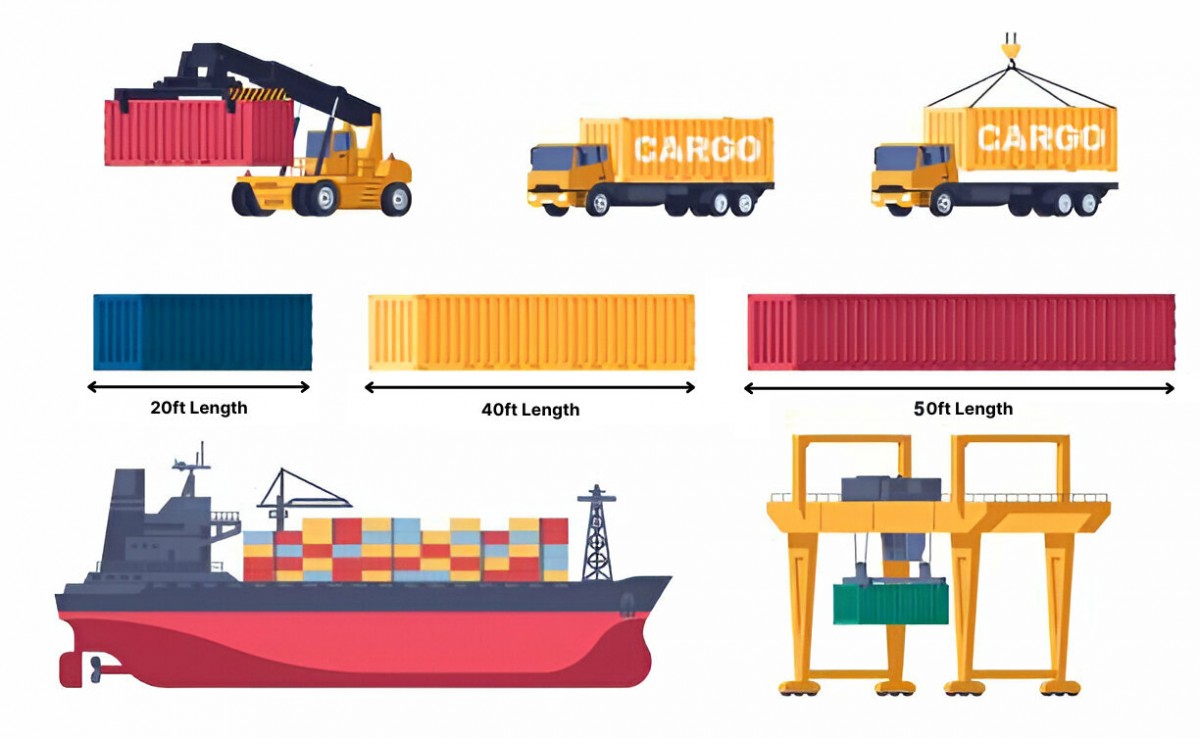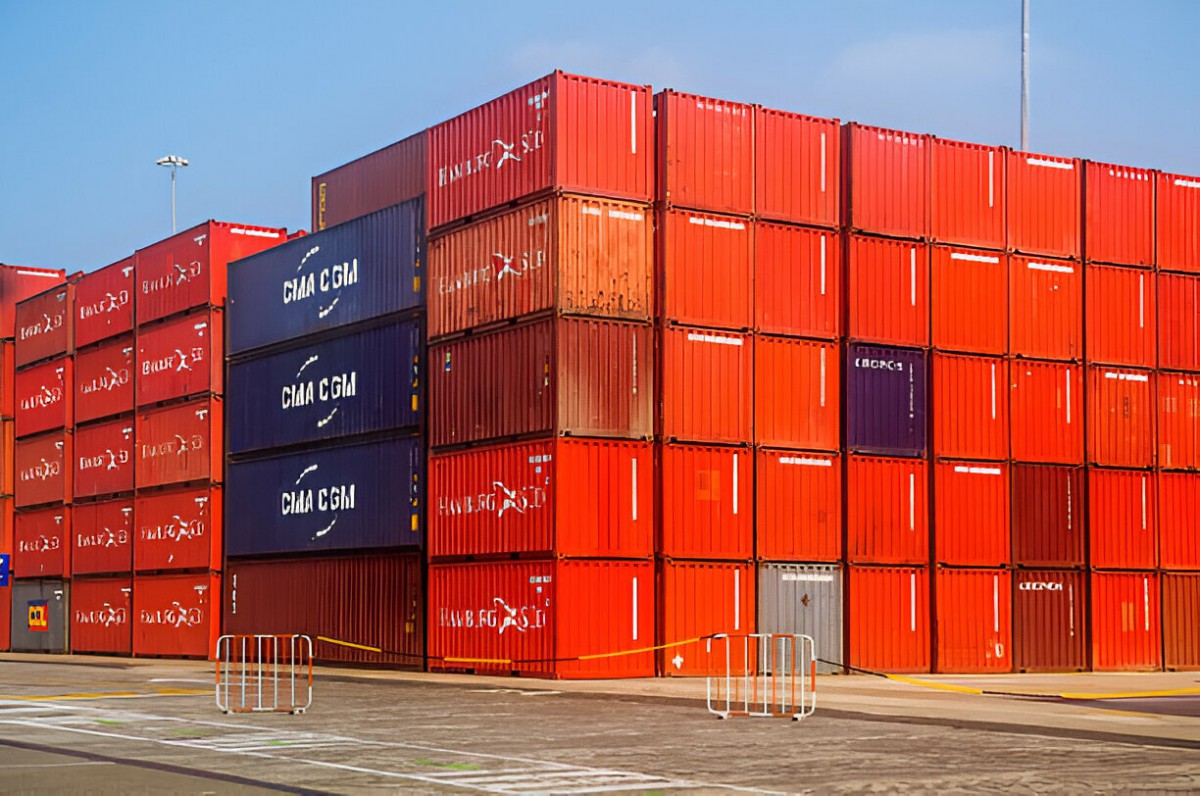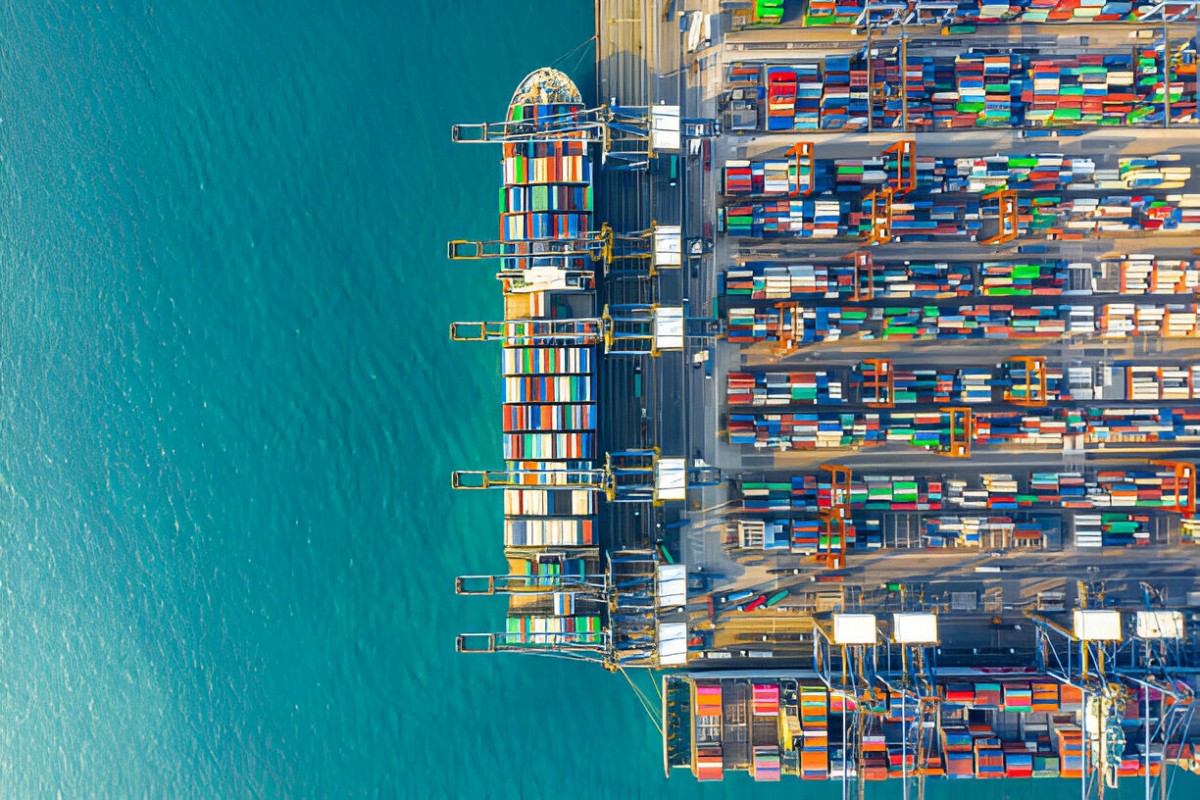Ports play a crucial role in shaping the economies and cultures of regions like the Middle East and North Africa (MENA). With their strategic locations and historical significance, MENA ports are pivotal in global trade and urban growth. This article explores the importance of these ports, highlights key examples, and provides statistics that demonstrate their global impact.
Where is MENA?
MENA stands for the Middle East and North Africa, a region that spans parts of three continents—Asia, Africa, and Europe. Geographically, MENA includes countries from the Arabian Peninsula, the Levant, and North Africa, with notable nations such as Saudi Arabia, Egypt, Iran, Turkey, the United Arab Emirates, Morocco, and Algeria. This region is strategically important due to its vast natural resources, particularly oil and gas, as well as its proximity to key global trade routes. The MENA region serves as a critical junction for trade between Asia, Europe, and Africa, making its ports key players in the global shipping and logistics network.
The Importance of Ports in Global Trade and Urban Development
Ports are vital for international trade, serving as gateways for goods and resources. In the MENA region, where natural resources and manufactured goods are central to global commerce, ports serve as critical hubs. They connect landlocked countries to global markets, facilitate the flow of exports and imports, and support economic diversification.
In addition to trade, ports contribute significantly to urban development by creating jobs, boosting infrastructure, and fostering technological advancement. Port cities often experience rapid population growth and improved living standards, thanks to the influx of investments in transportation, logistics, and industrial sectors.
Key Transit Ports in the MENA Region
Port of Suez, Egypt: A Gateway for Global Shipping
The Port of Suez, located at the southern entrance of the Suez Canal, is one of the most significant ports in the world. It serves as a vital link between the Red Sea and the Mediterranean Sea, connecting Europe to Asia and acting as a major transit point for global maritime trade.

- Strategic Location: The Port of Suez connects the Atlantic and Indian Oceans, making it a critical part of international shipping routes.
- Container Volume: In 2023, the Port of Suez handled over 4 million TEUs (Twenty-Foot Equivalent Units), showcasing its importance in global container shipping.
- Main Products: The port handles a wide range of products, including crude oil, LNG, and containers. It also serves as a key transit hub for goods such as food, machinery, and industrial equipment.
- Suez Canal Economic Zone (SCZone): The SCZone is a major project for economic development in Egypt, attracting foreign investment and enhancing the country's infrastructure. The zone is rapidly becoming a global industrial and trade hub.
Port of Beirut, Lebanon: A Historical Transit Hub
The Port of Beirut, one of the oldest ports in the Middle East, remains a key player in the Eastern Mediterranean despite political and economic challenges.

- Geographic Significance: The Port of Beirut serves as a bridge between Europe and Asia, making it a key transit hub for international trade.
- Container Volume: In 2023, the Port of Beirut handled over 1.2 million TEUs, demonstrating its resilience and ongoing importance in regional trade.
- Import and Export Goods: The port facilitates the movement of a variety of goods, including food, medical supplies, construction materials, and consumer goods. It also imports large volumes of raw materials and construction goods.
- Challenges: The port was severely impacted by the 2020 explosion, but efforts to rebuild and improve its operations are underway.
Port of Muscat, Oman: A Key Non-Oil Export Hub
The Port of Muscat, located in Oman, is one of the oldest and most important ports in the Gulf. It plays a central role in the export of non-oil goods, contributing to Oman’s economic diversification.

- Strategic Location: The Port of Muscat serves as a key trade hub connecting the Gulf, the Indian Ocean, and East Africa. Its location makes it a critical link in regional trade.
- Container Volume: In 2023, the Port of Muscat saw a 15% increase in container volume compared to the previous year, reflecting its growing role in international trade.
- Major Goods: Muscat is a key exporter of non-oil products, including agriculture, machinery, minerals, and industrial goods. It plays a significant role in supplying markets in Asia and Africa with minerals and agricultural products.
- Environmental Sustainability: The Port of Muscat is recognized for its commitment to sustainable practices. It is developing green infrastructure using modern technologies to improve operational efficiency while minimizing environmental impact.
Frequently Asked Questions (FAQs) about MENA Ports
Why are MENA ports critical for global trade?
- MENA ports, like the Port of Suez, are located at strategic crossroads of global shipping routes, making them essential for facilitating trade between Asia, Europe, and Africa. They ensure the smooth movement of goods across continents.
Which industries rely on MENA ports the most?
- Oil and gas, manufacturing, construction, and agriculture are industries that benefit the most from MENA ports. These ports help export natural resources and import vital goods like machinery, food, and consumer goods.
How are MENA ports evolving to meet modern trade demands?
- MENA ports are adopting automation technologies, green initiatives, and expanded infrastructure to handle larger vessels and increasing trade volumes. Ports like Suez are implementing smart technologies to enhance efficiency and reduce congestion.
What impact do MENA ports have on urban development?
- MENA ports contribute to urban growth by creating jobs, fostering foreign investment, and driving the development of key industrial sectors. Port cities become economic hubs, boosting the overall regional economy.
How does the Suez Canal Economic Zone benefit Egypt’s economy?
- The Suez Canal Economic Zone (SCZone) is a major project that attracts foreign investment and strengthens Egypt’s transport and industrial infrastructure. It is transforming into a global industrial hub, driving the country's economic growth.
What challenges do MENA ports face?
- MENA ports face challenges such as geopolitical instability, infrastructure damage from natural disasters, and increasing competition from other ports. For example, the Port of Beirut was impacted by a devastating explosion in 2020.
How are MENA ports addressing environmental concerns?
- Ports like Muscat are leading the way with sustainable practices and green technologies, such as renewable energy and carbon footprint reduction. These efforts ensure that ports remain efficient while minimizing their impact on the environment.
What role do MENA ports play in regional trade?
- MENA ports are key transit points for regional trade, linking countries in the Gulf, North Africa, and East Africa. They help move goods efficiently across borders, facilitating economic integration in the region.
How do MENA ports contribute to job creation?
- By expanding infrastructure and increasing trade capacity, MENA ports create jobs in logistics, technology, construction, and management. These jobs boost local economies and improve living standards in port cities.
What is the future outlook for MENA ports?
- The future of MENA ports looks promising, as they continue to modernize their infrastructure and adopt new technologies. These ports are set to play a crucial role in global trade, with a focus on automation, green initiatives, and expanded operational capacity.

























